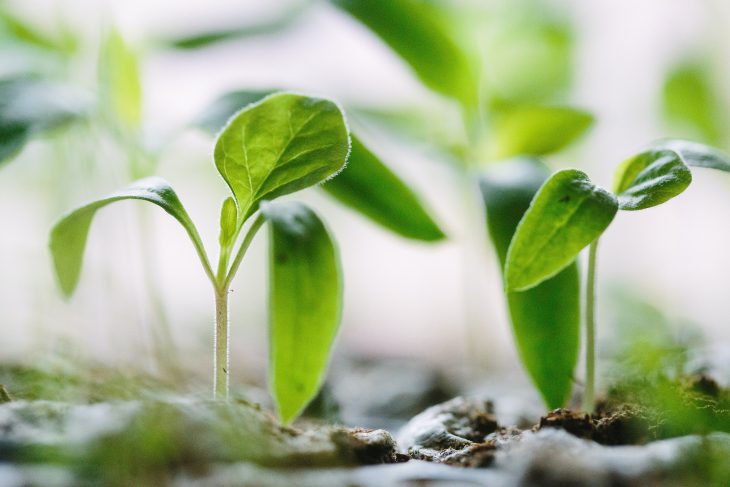If humans are to ever leave planet Earth, one of the first challenges we must face is how to feed ourselves. Space is hostile to life, with its incredibly low temperatures, intense vacuum, and high levels of ionizing radiation.
Recently, scientists grew a cabbage plant called “rocket” on The International Space Station. Unfortunately, the rocket cabbage did not perform as expected during growth and experimentation, so the researchers then set their sights on understanding what was going on inside the plant cells that made this happen.
Dr. Chandler and his coworkers, at Royal Holloway University in the UK, answered this question by looking at what genes were turned on or off while the plants were growing, to understand how the environment of spaceflight and space might be affecting the seed’s viability.
The scientists tested seeds under four different conditions 1) Seeds packaged, shipped, and grown in space, 2) seeds packaged and grown on Earth, 3) seeds stored in a warehouse on Earth, and 4) control seeds grown on Earth. Each of these groups of seeds were placed in an “artificial aging chamber” which exposed the cells to an environment designed to age them prematurely, both in space and here on Earth.
To measure which genes were turned on or off, or gene expression, they measured the amount of a molecule produced by the cell called Messenger RNA. Messenger RNA (mRNA) is used by cells to tell the cells in the plant what genes to turn into proteins. The proteins are what the cells of the seed are made of and how they do what they do to become a plant. The ability to measure and track mRNA in real-time gives scientists a snapshot of what is happening genetically inside the seed as this process unfolds.
To catalog all the mRNA in a cell at the time of sampling, they used a technique called RNAseq. “RNAseq” stands for RNA sequencing, and follows seven core steps.
The first step in this process requires researchers to break open the plant cells by mashing up the harvested seedings. Next, they separated out the RNA using a unique feature of the RNA molecule, a very long “tail”. When the sample is processed into liquid and injected into the system, this RNA “tail” is drawn toward a matching string of special molecules attached to a solid surface on a plate inside the RNAseq instrument. The RNA binds to this plate, and everything else from the mashed-up plant cell liquid gets washed away.
Once the RNA is separated, small pieces of DNA called primers are injected and bind to the RNA. Then, a special protein called an enzyme turns this RNA into DNA for sequencing. To sequence the DNA, another set of primers are added to the reaction to help bind the DNA strands onto a tiny microchip in the RNAseq machine. The microchip reads the genetic code as flashes of light that result as it reads the DNA. This tells the scientists what genes are active in the cell, and relative amounts of mRNA can be counted. The more copies, the more active the gene.
At the end of the sequencing study, researchers found that many different genes were turned on compared to the control seedlings. Other genes that were turned on included genes that are associated with a cell’s ability to create proteins and transcribe genes. These results were consistent among all experimental conditions, but were not present in the controls.
Genes for protective proteins, such as those that protect against heat damage and repair DNA, were found to be in higher concentrations in the space condition and in the artificial aging condition compared to controls. Seeds that were artificially aged in space also had a larger-than-normal amount of DNA repair genes switched on.
The researchers concluded that the current protocol for seedling storage during space travel stresses seeds and puts them at risk for genetic changes similar to those of aging. If we are to grow food away from the cozy biosphere of Earth, research on seed storage and transport is going to require more of our attention.


